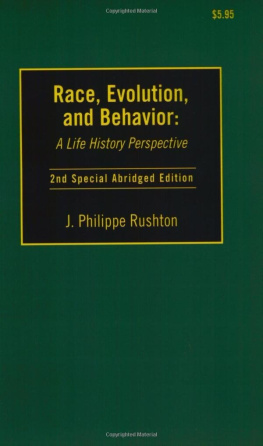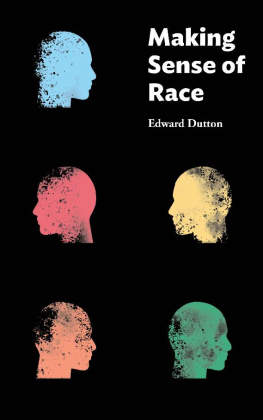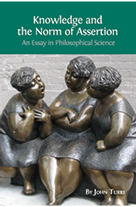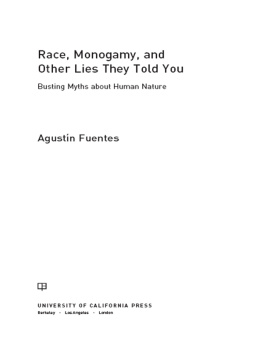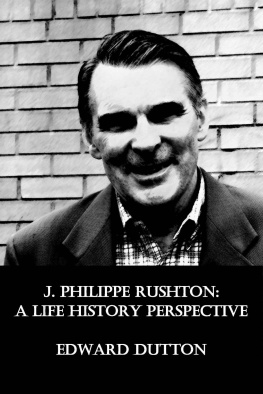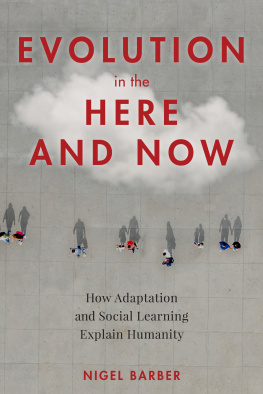RACE, EVOLUTION, AND BEHAVIOR:
A Life History Perspective
2nd Special Abridged Edition
Professor J. Philippe Rushton
University of Western Ontario London, Ontario, Canada N6A 5C2
Acclaim for J. Philippe Rushtons
Race, Evolution, and Behavior(An) incendiary thesis....that separate races of human beings evolved different reproductive strategies to cope withdifferent environments and that these strategies led to physical differences in brain size and hence in intelligence. Human beings who evolved in the warm but highly unpredictable environment of Africa adopted a strategy of highreproduction, while human beings who migrated to the hostile cold of Europe and northern Asia took to producingfewer children but nurturing them more carefully.
---Malcolm W. Browne, New York Times Book Review
Rushton is a serious scholar who has assembled serious data. Consider just one example: brain size. The empiricalreality, verified by numerous modern studies, including several based on magnetic resonance imaging, is that a significant and substantial relationship does exist between brain size and measured intelligence after body size is taken into account and that the races do have different distributions of brain size.
---Charles Murray, Afterword to The Bell Curve
Describes hundreds of studies worldwide that show a consistent pattern of human racial differences in suchcharacteristics as intelligence, brain size, genital size, strength of sex drive, reproductive potency, industriousness,sociability, and rule following. On each of these variables, the groups are aligned in the order: Orientals, Caucasians, Blacks.
---Mark Snyderman, National Review
Rushtons Race, Evolution, and Behavior...is an attempt to understand [race] differences in terms of life-historyevolution....Perhaps there ultimately will be some serious contribution from the traditional smoke-and-mirrors social science treatment of IQ, but for now Rushtons framework is essentially the only game in town.
---Henry Harpending, Evolutionary Anthropology
.This brilliant book is the most impressive theory-based study...of the psychological and behavioral differencesbetween the major racial groups that I have encountered in the world literature on this subject.
---Arthur R. Jensen, University of California, Berkeley
The only acceptable explanation of race differences in behavior allowed in public discourse is an entirelyenvironmental one...Professor Rushton deserves our gratitude for having the courage to declare that this emperor has no clothes, and that a more satisfactory explanation must be sought.
---Thomas J. Bouchard, Jr., University of Minnesota
The remarkable resistance to racial science in our times has led to comparisons with the inquisition of Rome, active during the Renaissance.... Astronomy and the physical sciences had their Copernicus, Kepler, and Galileo a fewcenturies ago; society and the welfare of humanity is the better for it today. In a directly analogous fashion,psychology and the social sciences today have their Darwin, Galton, and Rushton.
---Glayde Whitney, Contemporary Psychology
The data are startling to the uninitiated....Race, Evolution, and Behavior confronts us as few books have with the dilemmas wrought in a democratic society by individual and group differences in key human traits.
---Linda Gottfredson, Politics and the Life Sciences
Professor Rushton is widely known and respected for the unusual combination of rigour and originality in his work....Few concerned with understanding the problems associated with race can afford to disregard this storehouseof well-integrated information which gives rise to a remarkable synthesis.
---Hans J. Eysenck, University of London
Should, if there is any justice, receive a Nobel Prize.---Richard Lynn,
Spectator.Race, Evolution, and Behavior:
A Life History Perspective
2nd Special Abridged Edition J. Philippe Rushton
Race, Evolution, and Behavior
2nd Special Abridged Edition
Copyright @ 2000 by J. Philippe Rushton
All rights reserved.Published by the Charles Darwin Research Institute Port Huron, MI1st (1995) and 2nd (1997) Unabridged editions published by Transaction Publishers, New Brunswick, NJ.Japanese translation of 1st edition published byHakuhin-sha of Tokyo (1996).1st Special Abridged Edition published by Transaction Publishers (1999).Library of Congress Card Number: 00-103721 ISBN: 0-9656836-2-1Printed in the United States of America Printed in the United States of AmericaRace, Evolution, and Behavior: A Life HistoryPerspective/J. Philippe Rushton. 2nd spec. ab. ed. [GN 281:4.R87 2000].
Author
J. Philippe Rushton is a professor of psychology at the University of Western Ontario, London, Ontario, Canada. Rushton holds two doctorates from the University of London (Ph.D.and D.Sc) and is a Fellow of the John Simon Guggenheim Foundation, the American Associationfor the Advancement of Science, and the American, British, and Canadian PsychologicalAssociations. He is also a member of the Behavior Genetics Association, the Human Behavior and Evolution Society, and the Society for Neuroscience. Rushton has published six books andnearly 200 articles. In 1992 the Institute for Scientific Information ranked him the 22nd mostpublished psychologist and the 11th most cited. Professor Rushton is listed in Whos Who in Science and Technology, Whos Who in International Authors, and Whos Who in Canada.
Contents
Preface 6
1. Race is More Than Skin Deep 7
2. Maturation, Crime, and Parenting13
3. Sex, Hormones, and AIDS18
4. Intelligence and Brain Size22
5. Genes, Environment, or Both? 28
6. Life History Theory34
7. Out of Africa39
8. Questions and Answers 42
Preface to 2nd Special Abridged Edition
The first printing of this Special Abridged Edition appeared in 1999 by Transaction Publishers. Itfollowed up on their successful 1995 and 1997 publications of the1st and 2nd unabridged editions and aJapanese translation published by Hakuhin-sha in 1996.
However, when Transaction distributed thousands of copies of the Special Abridged Edition in amass mailing to academics, a firestorm of controversy engulfed them. Although the Abridged Editionpresented the same research in a condensed and popularly written style, similar to that used for articles inDiscover Magazine, Readers Digest, and Scientific American, the Progressive Sociologists, and someother self-styled anti-racists, threatened Transaction with loss of a booth at annual meetings, advertisingspace in journals, and access to mailing lists if they continued to send it out.
Transaction caved in to this pressure, withdrew from publishing the book, and even apologized.Transactions letter of apology appeared on the inside front cover of their flagship journal Society(January/February, 2000). Accounts of the affair appeared in The Chronicle of Higher Education (January14, 2000), Canadas National Post (January 31, 2000), the National Report (February 28, 2000), andelsewhere.
Why the attempt to trash or suppress this booklet? Because there is no stronger taboo today thantalking about race. In many cases, just being accused of racism can get you fired. Yet, teachers inAmerica know the races differ in school achievement; policemen know the races differ in crime rates;social workers know the races differ in rates of welfare dependency or getting infected with AIDS. Andsports fans know that Blacks excel at boxing, basketball, and running. They all wonder why. Someblame poverty, White racism, and the legacy of slavery. Although many doubt that White racism reallytells the whole story, few dare share their doubts. When it comes to race, do you really dare to say whatyou think?

